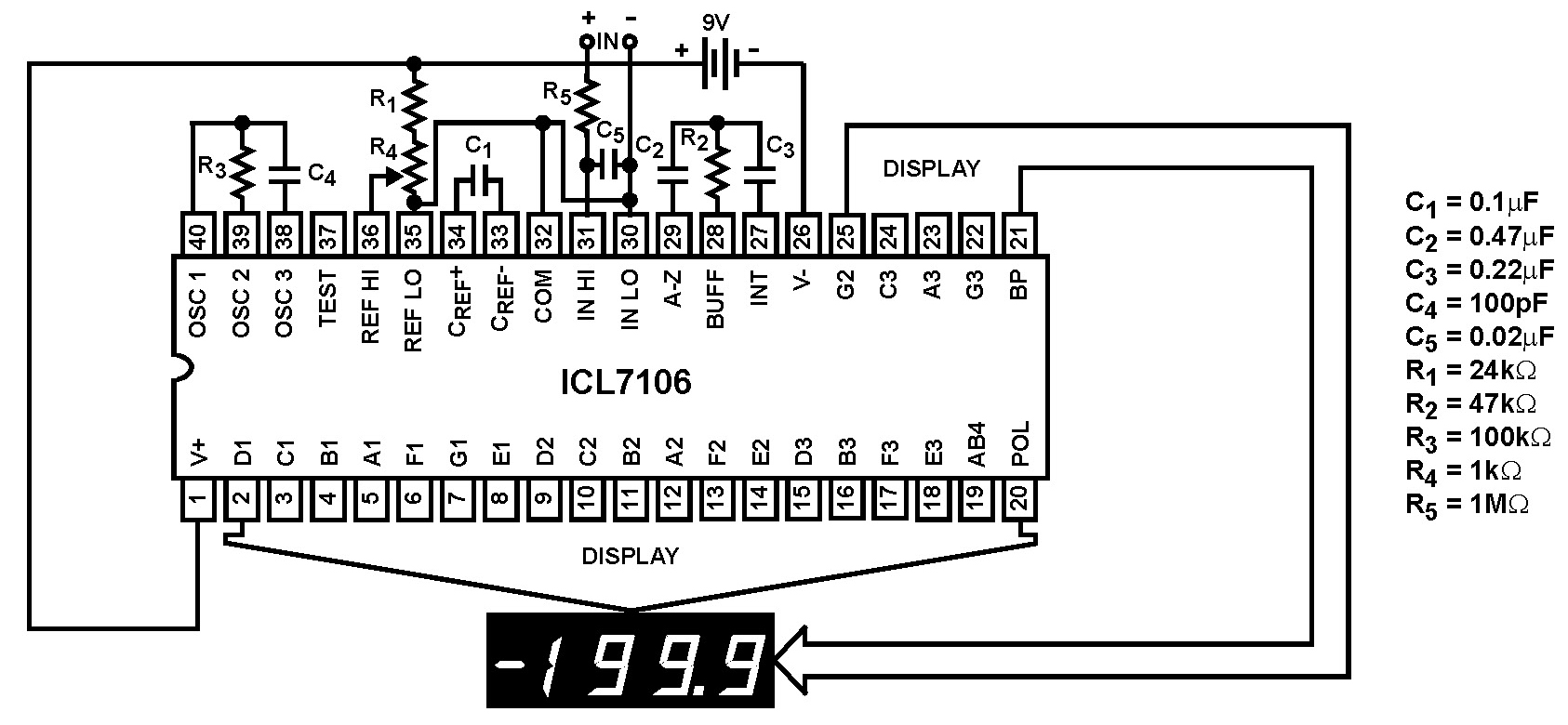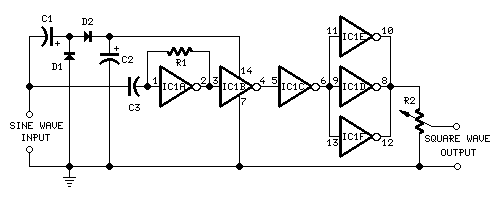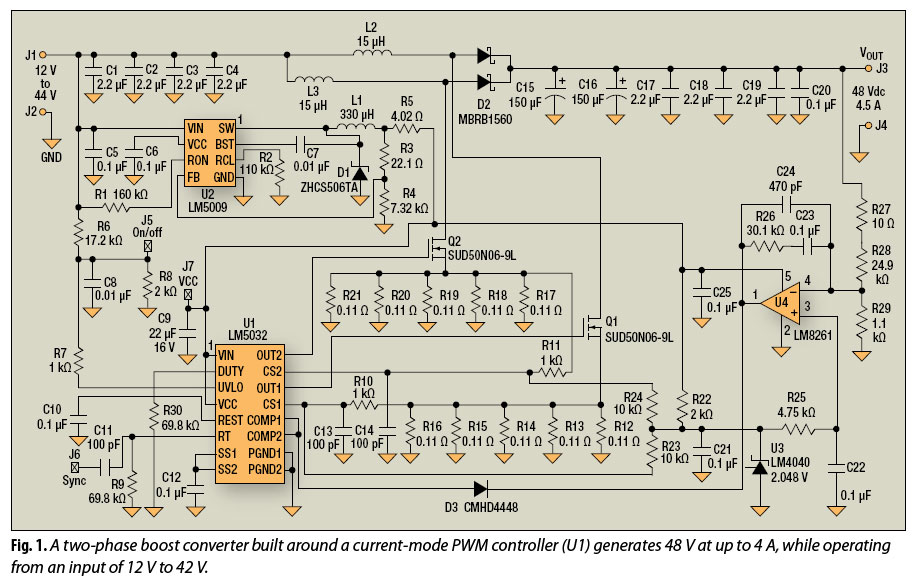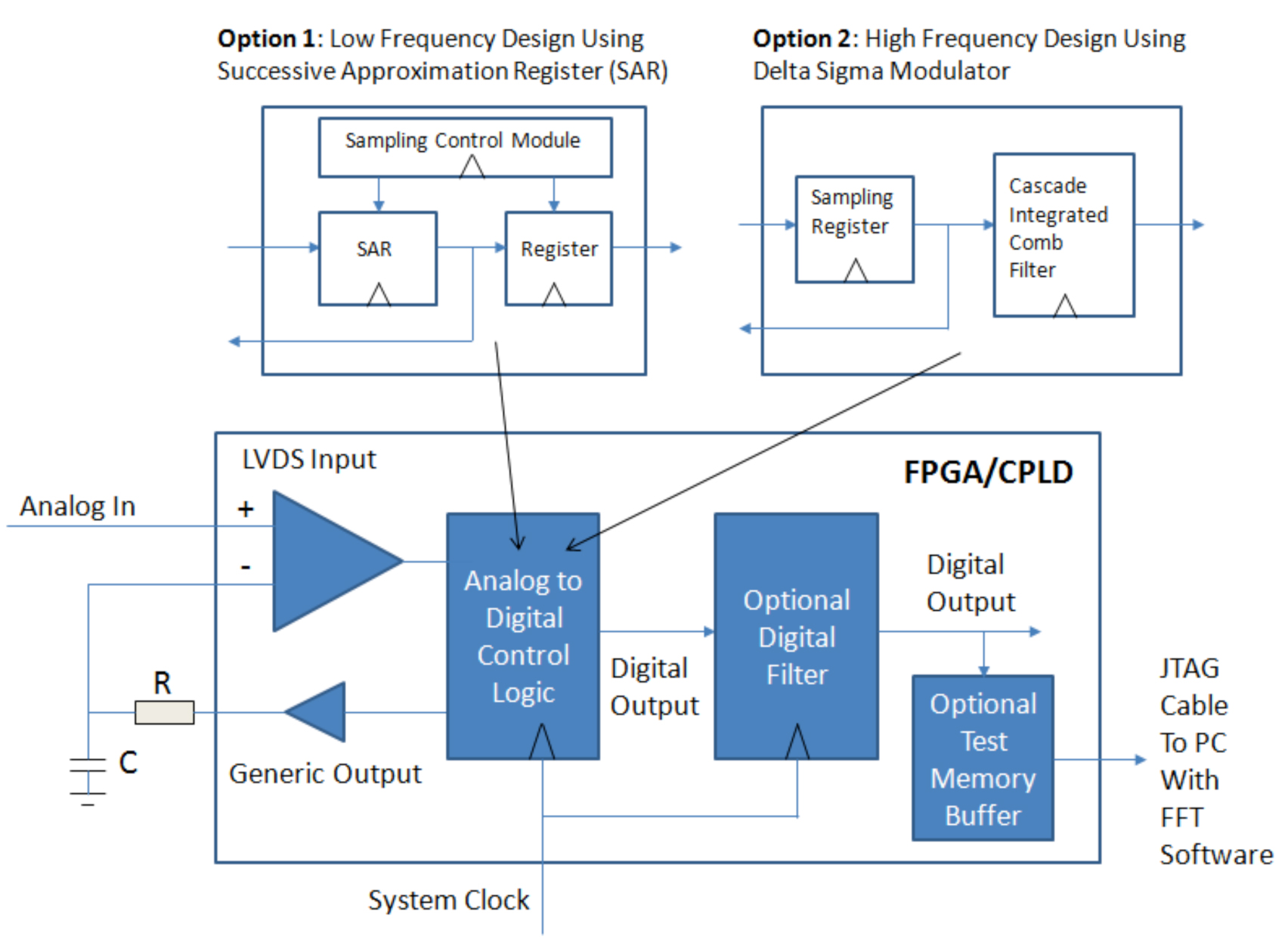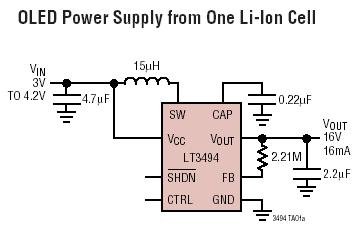
TYPES OF ANALOG-TO-DIGITAL CONVERTERS
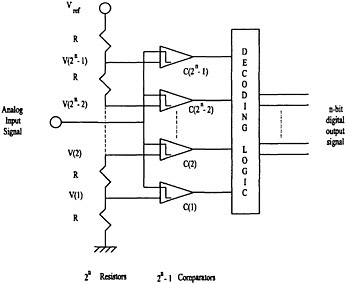
Analog-to-digital converters are categorized into one-step architectures, including flash, folding, and interpolative topologies, as well as multi-step architectures, such as successive approximation and pipeline topologies. The flash architecture is considered the fastest type of analog-to-digital converter due to its parallel operation. However, this parallelism imposes a practical limit on the resolution of flash analog-to-digital converters. For an n-bit analog-to-digital converter, the flash architecture utilizes (2^n - 1) comparators along with decoding logic. A resistive ladder composed of 2^n equal resistors divides the reference voltage into 2^n equally spaced voltages. The decoding logic converts the thermometer code, which consists of (2^n - 1) bits, into a binary signal represented by n bits. The mapping between the thermometer code and the binary coded signal is illustrated in Table 7.1 for the case when n=3.
Analog-to-digital converters (ADCs) serve a crucial role in converting analog signals into digital data that can be processed by digital systems. The classification into one-step and multi-step architectures reflects the different approaches to achieving this conversion.
The flash ADC architecture is particularly noteworthy for its speed, as it can convert an input signal to a digital output in a single step. This is achieved through the use of multiple comparators that operate in parallel, allowing for rapid processing of the input signal. However, the requirement for a large number of comparators—specifically (2^n - 1) for an n-bit resolution—limits the practical resolution of flash ADCs. As the number of bits increases, the number of required comparators grows exponentially, leading to increased complexity and cost.
In a flash ADC, a resistive ladder is employed to create a series of reference voltages. This ladder consists of 2^n equal resistors, which effectively divides the reference voltage into 2^n discrete levels. Each level corresponds to a specific voltage that the input signal can be compared against. The output from the comparators is in the form of a thermometer code, where the number of active bits corresponds to the voltage level of the input signal.
The decoding logic is responsible for converting the thermometer code into a binary signal. This process reduces the number of bits from (2^n - 1) to n, making it suitable for digital processing. The efficiency of this conversion is crucial, as it directly affects the performance and speed of the ADC. The mapping between the thermometer code and the binary output is essential for understanding how the analog signal is represented in digital form.
In summary, the flash ADC architecture offers high-speed conversion capabilities but is limited by its resolution due to the exponential growth of required components with increased bit depth. Understanding the underlying principles of its operation, including the use of comparators, resistive ladders, and decoding logic, is fundamental for engineers designing high-performance analog-to-digital conversion systems.Analog-to-digital converters are classified into one-step architectures, such as: flash, folding and interpolative topologies, and multi-step architectures, such as: Successive approximation and pipeline topologies. The flash architecture is potentially the fastest analog-to-digital converter, because of the parallelism it employs.
However, this p arallelism puts a practical limit on the resolution of the flash analog-to-digital converter. For an n-bit analog-to-digital converter, the flash architecture employs (2 n 1) comparators and decoding logic. A resistive ladder consisting of 2 n equal resistors divides the reference voltage into 2 n equally spaced voltages as shown in Figure 7.
15 is logic 0. The decoding logic transfers the thermometer code which has (2 n 1) bits into a binary signal which has n bits. Table 7. 1 shows the mapping between the thermometer code and the binary coded signal when n=3. 🔗 External reference
Analog-to-digital converters (ADCs) serve a crucial role in converting analog signals into digital data that can be processed by digital systems. The classification into one-step and multi-step architectures reflects the different approaches to achieving this conversion.
The flash ADC architecture is particularly noteworthy for its speed, as it can convert an input signal to a digital output in a single step. This is achieved through the use of multiple comparators that operate in parallel, allowing for rapid processing of the input signal. However, the requirement for a large number of comparators—specifically (2^n - 1) for an n-bit resolution—limits the practical resolution of flash ADCs. As the number of bits increases, the number of required comparators grows exponentially, leading to increased complexity and cost.
In a flash ADC, a resistive ladder is employed to create a series of reference voltages. This ladder consists of 2^n equal resistors, which effectively divides the reference voltage into 2^n discrete levels. Each level corresponds to a specific voltage that the input signal can be compared against. The output from the comparators is in the form of a thermometer code, where the number of active bits corresponds to the voltage level of the input signal.
The decoding logic is responsible for converting the thermometer code into a binary signal. This process reduces the number of bits from (2^n - 1) to n, making it suitable for digital processing. The efficiency of this conversion is crucial, as it directly affects the performance and speed of the ADC. The mapping between the thermometer code and the binary output is essential for understanding how the analog signal is represented in digital form.
In summary, the flash ADC architecture offers high-speed conversion capabilities but is limited by its resolution due to the exponential growth of required components with increased bit depth. Understanding the underlying principles of its operation, including the use of comparators, resistive ladders, and decoding logic, is fundamental for engineers designing high-performance analog-to-digital conversion systems.Analog-to-digital converters are classified into one-step architectures, such as: flash, folding and interpolative topologies, and multi-step architectures, such as: Successive approximation and pipeline topologies. The flash architecture is potentially the fastest analog-to-digital converter, because of the parallelism it employs.
However, this p arallelism puts a practical limit on the resolution of the flash analog-to-digital converter. For an n-bit analog-to-digital converter, the flash architecture employs (2 n 1) comparators and decoding logic. A resistive ladder consisting of 2 n equal resistors divides the reference voltage into 2 n equally spaced voltages as shown in Figure 7.
15 is logic 0. The decoding logic transfers the thermometer code which has (2 n 1) bits into a binary signal which has n bits. Table 7. 1 shows the mapping between the thermometer code and the binary coded signal when n=3. 🔗 External reference
